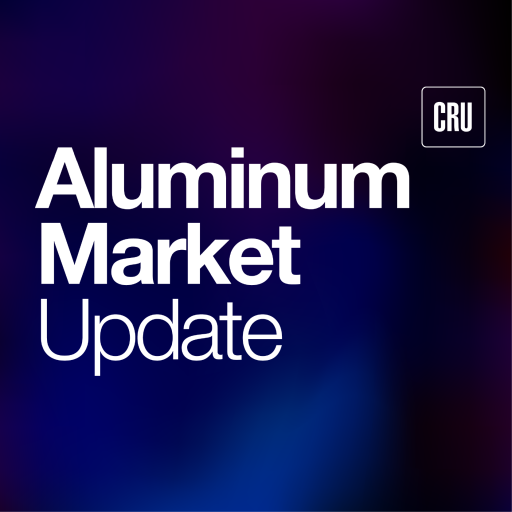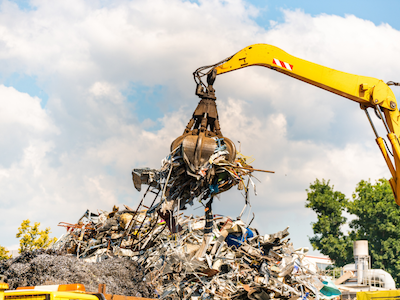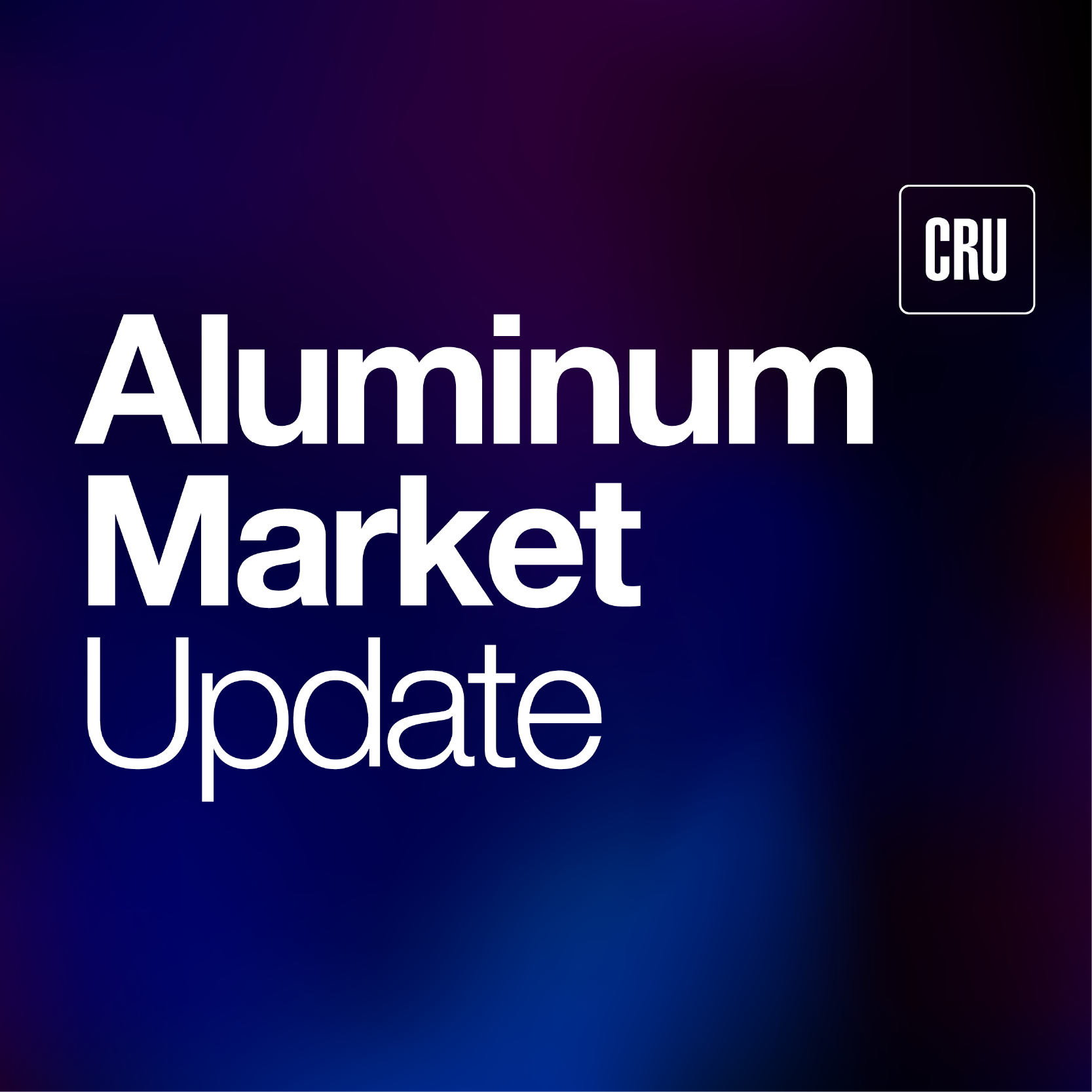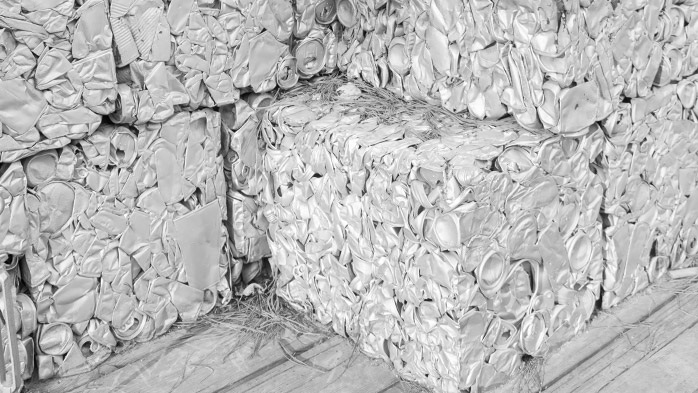Aluminum Scrap Markets
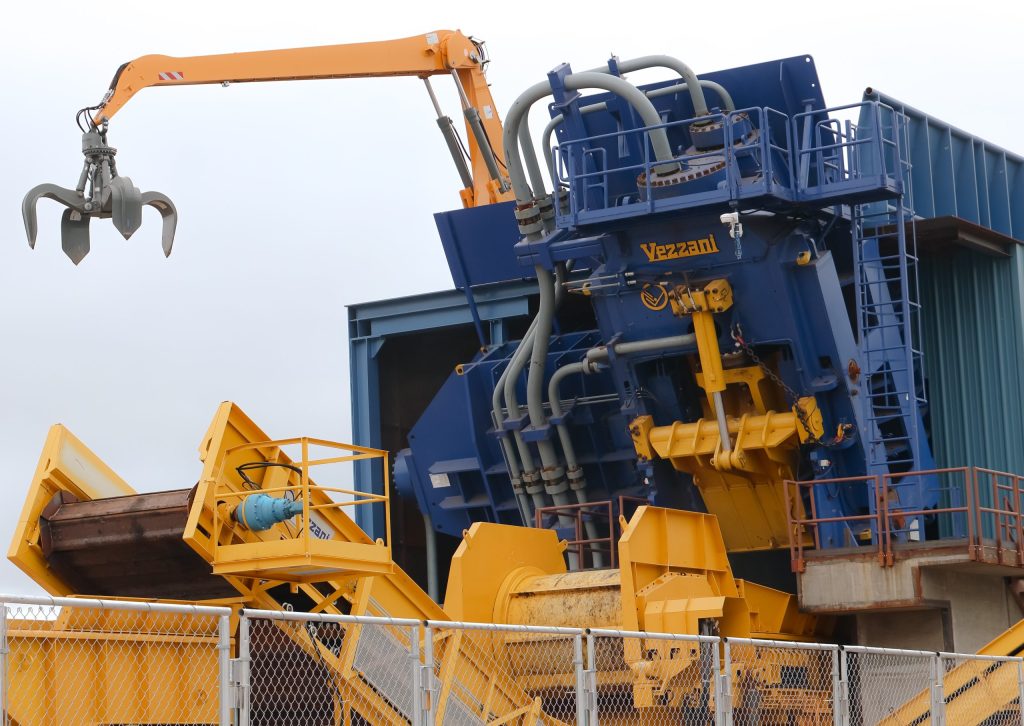
August 18, 2025
The enigma of recycled metals’ apparent demand and pricing
Written by Greg Wittbecker
There has been some major media coverage of the U.S. recycling metals market lately. The gist of much of this reporting is that “if we just recovered the metal that it not being recycled and/or exported today, we would solve much of our total aluminum deficit.”
Media reporting is accurate, but the solutions are very challenging
Used beverage container (UBC) recovery is struggling.
The reporting is not factually incorrect. Domestic UBC recovery rates are appalling in the mid-40% range, and we are literally throwing away a $1 billion worth of this readily reusable supply.
Fixing the problem is not easy.
From my experience directing recycling strategy at Alcoa from 2007-2010, this is as much about social re-engineering as it is about infrastructure and legislative fixes.
The older generation of Americans, grew up in an environment where disposable products ruled. Everything, from diapers to paper plates, was thrown away.
This mindset has clearly influenced some people’s willingness to recycle or divert valuable aluminum.
We also still face fundamental disagreements between beverage companies and their upstream suppliers about the utility of deposit legislation to solve collection. Beverage companies have fought deposit systems for decades, which has stymied efforts to expand the current 10-state deposit collection network.
Funding for recycling infrastructure to promote voluntary recovery is similarly erratic. Some states are doing a good job; others are not.
Everyone in the value chain will need to set aside their traditional perspectives on recycling and decide whether they can work toward a common goal of raising recovery rates. Higher supply should yield positive commercial returns for mills, can makers, and beverage companies.
There’s a temptation to “count the other guy’s money” in this debate. That’s a big risk, because until people can suspend that thinking, we are not going to move the needle on UBC recovery and boost supply.
The holy grail: Converting shredded auto scrap (zorba) to mill grade feedstock
We shred over 12 million autos and light trucks per year, generating millions of tons of zorba as a co-product of the steel being shredded to feed the steel mini-mills.
Some of this scrap flows to the traditional secondary smelters making die-cast alloy. A substantial amount gets exported due to the domestic markets’ inability to absorb all the supply.
Within the past decade, there have been steady improvements in sortation technology to pull discrete alloys out of zorba, allowing wrought and extrusion alloys to be segregated.
Speed of sortation remains the challenge. Most observers would concede the best sortation technology out there is able to recover 5-8 metric tons per hour.
One of the commercial challenges of sorting is how the market will price the 50%-60% of residual high-silicon cast metal that gets generated. Some observers have commented secondary buyers who traditionally purchased zorba for alloying are not enamored with this product. Some are discounting it relative to zorba or are simply saying, “I’d rather buy zorba.”
The marketplace will eventually figure out a proper clearing price for that high-silicon metal. The real challenge – and opportunity – in the near-term is finding the capital to seriously boost sortation speeds. That may require a public-private sector collaboration.
Demand is good, but prices are sagging… What gives?
We are experiencing a classic reaction in the scrap market when primary metal prices go up. In this case, we have a “premium-led” price rally, where the Midwest premium is moving higher thanks to the Section 232 50% tariffs.
The surge in the premium from the high 50’s (¢/lb) to the low 70’s over the LME cash settlement has seen virtually all scrap-to-primary spreads widen.
This follows historical patterns going back more than 40 years. Scrap prices typically don’t move up as fast as primary metal prices, leading to a widening of the buying discount.
This occurs even if scrap demand is good, as scrap buyers leverage higher absolute prices by widening their buying margin.
Another factor is the seasonal timing. We are experiencing a widening of scrap-to-primary prices during late summer, when UBC supply is ample and other grades of scrap are moving with no logistical impairments.
UBC are now trading at 52%-53% of Midwest transaction price, which is a seasonal low.
Mill consumption may be approaching operational limits
Another factor in current pricing is that sheet mills and casting extruders may be pushing operational limits on their melting volume. Some people are talking about the difficulty of getting delivery appointments now, as buyers have pushed out appointments for another month or more.
Why it matters
The logic behind the arguments for recovering our landfilling UBC and our zorba cannot be disputed. It IS a great opportunity for the U.S. market to capitalize on. However, this is not an overnight change and will require structural change in how we recover these units.
The UBC challenge requires fundamental alignment of the supply chain on serious change in how we collect the metal. I am not confident that the market is ready to suspend its biases and work for the common good. I hope I am proved wrong.
On the zorba front, we do need public-private sector investment in a Manhattan Project-like campaign to solve the sorting speed issue. Once we seriously ramp up wrought and extrusion yields, we can say we have substantially raised high-grade scrap units that are ready substitutes for primary metal.




